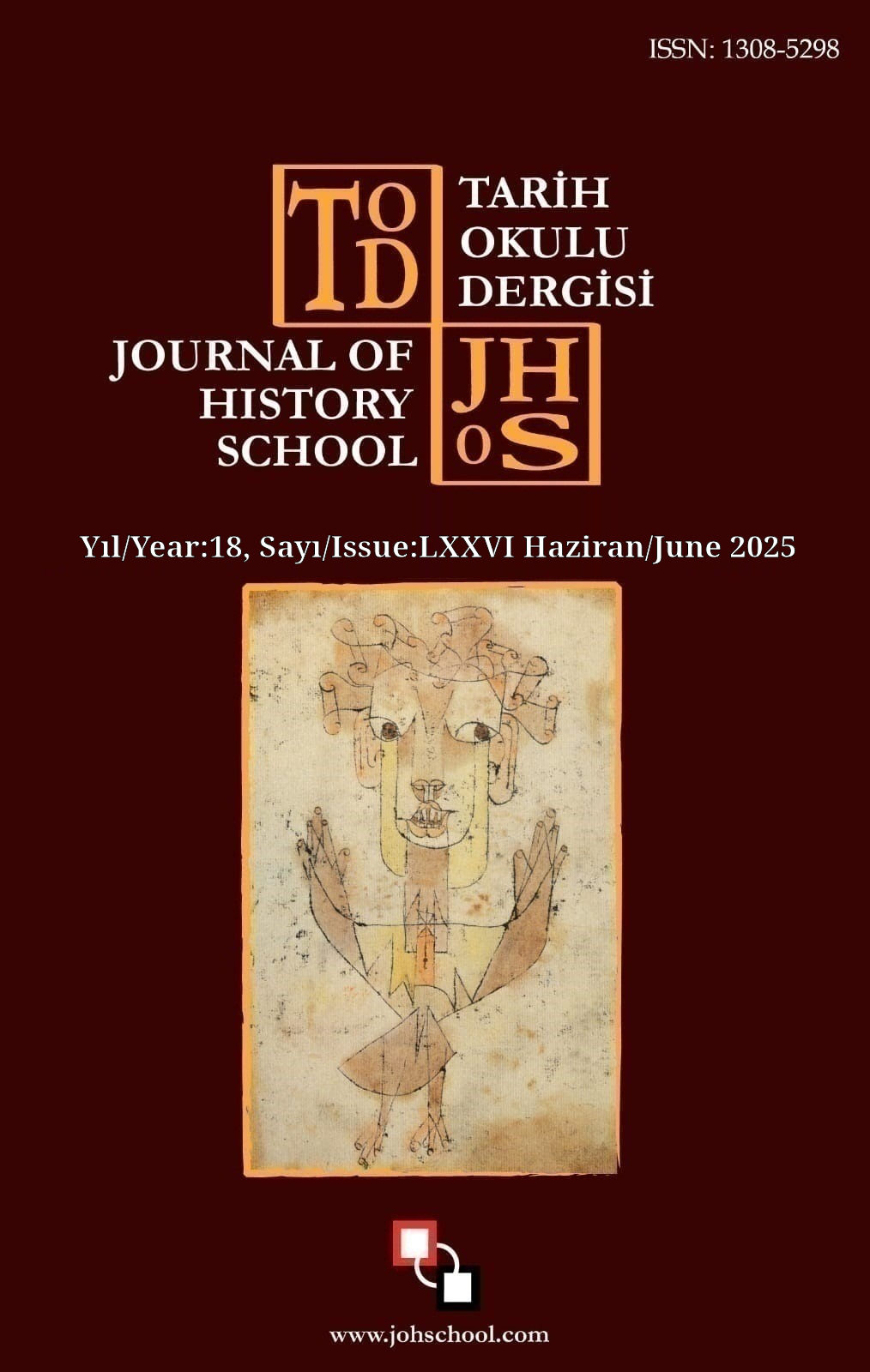Author :
Abstract
Türk-İslam Kültüründe mezar yapıları ve kitabeleri, yapıldıkları dönemin kültürünü yansıtmasının yanı sıra bulundukları kentlerin geçmişine şahitlik eden önemli belgelerdir. Adana Ulu Cami haziresindeki mezar yapıları ve kitabeleri de ait oldukları dönemin sosyal, ekonomik, kültürel ve estetik yönü doğrultusunda, Adana’nın tarihi ve kültürü hakkında önemli bilgi vermektedir. Bu çalışmada, Ulu Cami haziresinin zaman içindeki boyutlarına dikkat çekerek, hazirede bulunan mezar taşlarının kitabelerini, günümüz Türkçesine çevirmek, kaybolmuş kitabelerin literatürde yer alan tercümeleri ile birleştirmek ve tespit edilen okunmayan kitabeleri okuyarak literatüre kazandırmak amaçlanmıştır. Bununla birlikte kitabesi olmayan mezar yapılarının da üzerindeki sembolleri ve motifleri tespit ederek, yorumlamak hedeflenmiştir. Yapılan çalışma sonucunda, kitabelerde üst düzey edebî bir dil ile yazılmış manzum eserlere, bu eserler içinde saklı ebced hesabı ile düşülmüş tarihlere rastlanmıştır. Bu durum dönemin devlet yetkilileri, Adana Eşrafı ve aile fertlerinin estetik ve sanatla ne denli ilgili olduklarını göstermektedir. Aynı zamanda hazirede mevcut olan dönemin önemli ailelerinin kadınlarına ait mezar yapılarına gösterilen özen, Adana genelinde kadınlara verilen değerin bir kanıtıdır. Kitabesiz mezar yapılarının üzerindeki simgeler de mezarda yatanların toplumsal gücü ve statülerini yansıtmaktadır.
Keywords
Abstract
In Turkish-Islamic culture, grave structures and inscriptions are important documents for not only reflecting the culture of the period in which they were built, but they also bring in some valuable nuances from the past. The grave structures and inscriptions in the cemetery of Adana Grand Mosque, on the one hand, provide important information about the history and culture of the period they belong to while on the other hand, they are the values that reveal the social, economic and aesthetic side of the city. Some gravestone inscriptions on the side have not been translated up to this day, while some other attempted works remain incomplete. This study is an attempt to read and translate the whole inscriptions in this respect. Additionally, this work aims to interpret the symbols and motifs that embellished the grave structures. Furthermore, this study found out verse works written in a highly literary language in the inscriptions. It also discovered the dates written with the abjad calculation within these works. This finding confirms how highly the state officials of the period, Adana’s gentry and their family members were interested in aesthetics and art. At the same time, the attention paid to the tomb structures belonging to the women of the important families of the period present in June is a proof of the value given to women throughout Adana. The symbols on the grave structures without inscriptions also reflect the social power and status of those in the cemetery.





